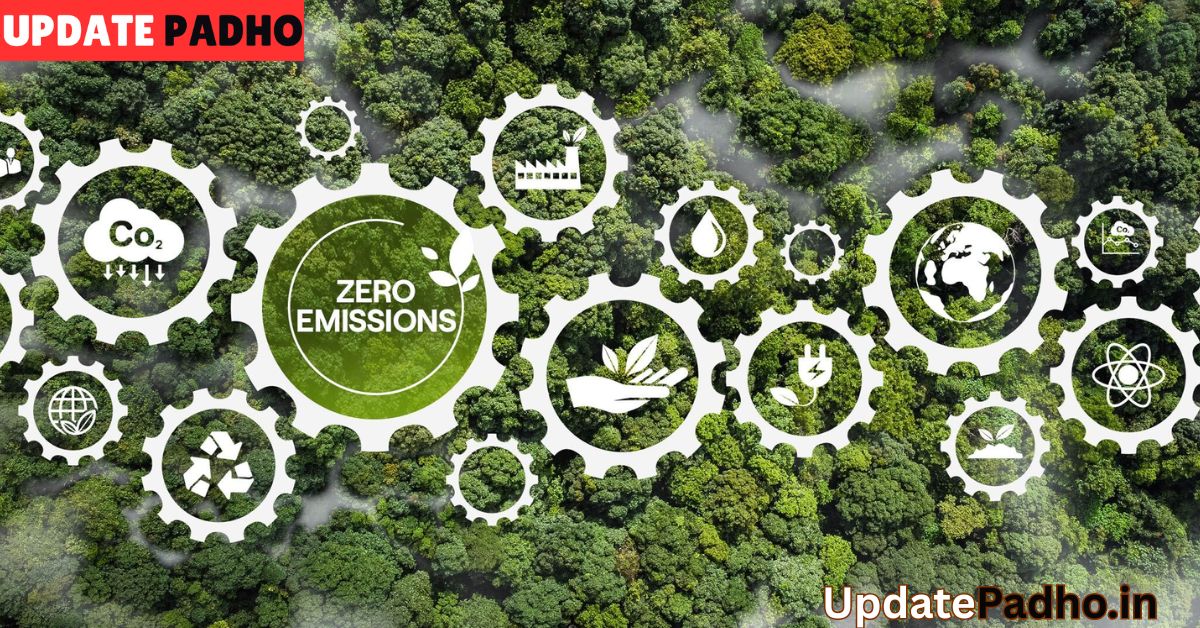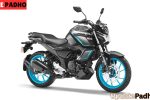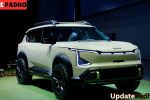India’s transition to clean mobility is no longer a distant dream—it’s a movement gaining momentum with every passing year. One of the most compelling demonstrations of this shift is the recently concluded Zero Emission Drive 2.0, a collaborative initiative by Car&Bike, Kalpataru, and ChargeZone. This real-world drive wasn’t just about showcasing electric vehicles (EVs); it was a powerful statement on the future of sustainable transportation and the infrastructure that supports it.
🌱 A Drive with Purpose
Zero Emission Drive 2.0 was designed to prove that electric mobility in India is not only viable but also enjoyable and impactful. The drive began at Kalpataru Parkcity in Thane and concluded at Kalpataru Aria in Karjat, a green township nestled in the Western Ghats. This scenic route, spanning over 100 kilometers, included city edges, open highways, and winding hill climbs—perfect terrain to test the capabilities of modern EVs.
The event wasn’t just a test of technology; it was a celebration of sustainability. Participants engaged in a tree-planting exercise upon arrival at Aria, reinforcing the drive’s deeper mission: clean mobility isn’t just about reducing emissions—it’s about nurturing the environment we move through.
⚡ The EV Lineup: A Glimpse into the Future
The convoy featured a diverse mix of India’s finest electric vehicles, each representing a unique segment of the EV market:
- Mercedes-Benz EQS – Luxury and performance in one sleek package
- BMW iX1 – A compact SUV with premium features
- BYD Seal – A newcomer with impressive range and tech
- Kia EV6 – Sporty design and fast-charging capabilities
- MG Windsor – A spacious family-friendly EV
- Hyundai Creta EV – A familiar name with an electric twist
- Mahindra XEV 9e – India’s homegrown electric innovation
Each vehicle was charged at ChargeZone’s fast-charging station in Bandra-Kurla Complex, Mumbai. Thanks to ChargeZone’s app-based access and reliable infrastructure, the entire fleet was topped up and ready to go—no delays, no range anxiety.
🔌 Infrastructure: The Backbone of Clean Mobility
One of the biggest hurdles to EV adoption in India has been the lack of charging infrastructure. Zero Emission Drive 2.0 tackled this challenge head-on. ChargeZone’s seamless charging network powered the entire journey, proving that with the right support, EVs can thrive even on longer intercity routes.
This initiative also highlighted the importance of smart urban planning. Kalpataru’s Aria township is a model for eco-sensitive development, featuring native trees, open spaces, and nature-integrated design. It’s a reminder that clean mobility must go hand-in-hand with sustainable living environments.
🌍 Collaboration for a Greener Tomorrow
The success of Zero Emission Drive 2.0 was made possible through strategic partnerships. Kalpataru, a leader in sustainable real estate, brought its vision of green communities to life. ChargeZone ensured that the technological backbone—EV charging—was robust and reliable. Car&Bike curated the experience, blending automotive enthusiasm with environmental consciousness.
This kind of cross-sector collaboration is essential for scaling clean mobility. It’s not just about building EVs—it’s about creating ecosystems where they can flourish.
🚀 India’s Broader Green Mobility Vision
Zero Emission Drive 2.0 aligns with India’s broader push toward sustainable transport. Initiatives like the FAME Scheme, PM E-DRIVE, and the National Green Hydrogen Mission are accelerating EV adoption and promoting alternative fuels. The government’s goal of achieving net-zero emissions by 2070 is ambitious, but events like ZED 2.0 show that the groundwork is being laid.
India’s EV market penetration currently stands at around 6.6%, with projections estimating a growth of USD 113.99 billion by 2029. The expansion of the National Highway network and high-speed corridors under Bharatmala Pariyojana is also making long-distance EV travel more feasible.
🌿 More Than a Drive—A Movement
What sets Zero Emission Drive 2.0 apart is its holistic approach. It wasn’t just about showcasing cars—it was about demonstrating a lifestyle. From the pre-drive safety briefing to the tree-planting ceremony, every element was designed to reinforce the message: clean mobility is a shared responsibility.
As Kalpataru’s spokesperson aptly put it, “Sustainability is not just a commitment—it is a culture that shapes the way we build and the way we live.” This ethos was evident throughout the drive, making it a blueprint for future initiatives.
🏁 Final Thoughts
Zero Emission Drive 2.0 was more than a convoy of electric vehicles—it was a convoy of ideas, innovation, and intent. It showed that India is ready to embrace clean mobility, not just in theory but in practice. With the right partnerships, infrastructure, and public engagement, the road to a greener future is not only possible—it’s already being paved.
As the dust settles on this year’s drive, one thing is clear: the journey toward zero emissions is well underway, and it’s picking up speed.



